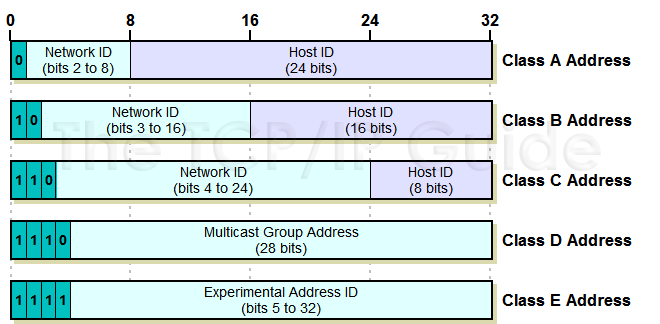 |
|
Please Whitelist This Site?
I know everyone hates ads. But please understand that I am providing premium content for free that takes hundreds of hours of time to research and write. I don't want to go to a pay-only model like some sites, but when more and more people block ads, I end up working for free. And I have a family to support, just like you. :)
If you like The TCP/IP Guide, please consider the download version. It's priced very economically and you can read all of it in a convenient format without ads.
If you want to use this site for free, I'd be grateful if you could add the site to the whitelist for Adblock. To do so, just open the Adblock menu and select "Disable on tcpipguide.com". Or go to the Tools menu and select "Adblock Plus Preferences...". Then click "Add Filter..." at the bottom, and add this string: "@@||tcpipguide.com^$document". Then just click OK.
Thanks for your understanding!
Sincerely, Charles Kozierok
Author and Publisher, The TCP/IP Guide
|
|
|

Custom Search
|
|
IP "Classful" Addressing Network and Host Identification and Address Ranges
(Page 3 of 3)
Address Ranges for Address Classes
I have also shown in Table 44 the theoretical lowest and highest IP address ranges for each of the classes. This means that the address ranges shown are just a result of taking the full span of binary numbers possible in each class. In reality, some of the values are not available for normal use. For example, even though 192.0.0.0 to 192.0.0.255 is technically in class C, it is reserved and not actually used by hosts on the Internet.
Also, there are IP addresses that can't be used because they have special meaning. For example, you can't use an IP address of 255.255.255.255, as this is a reserved “all ones” broadcast address. In a similar vein, note that the range for Class A is from 1 to 126 and not 0 to 127 like you might have expected. This is because class A networks 0 and 127 are reserved; 127 is the network containing the IP loopback address. These special and reserved addresses are discussed later in this section.
Now, recall that classes A, B and C differ in where the dividing line is between the network ID and the host ID: 1 for network and 3 for host for class A, 2 for each for class B, and 3 for network and 1 for host for class C. Based on this division, I have highlighted the network ID portion of the IP address ranges for each of classes A, B and C. The plain text corresponds to the range of host IDs for each allowable network ID. Figure 62 shows graphically how bits are used in each of the five classes.
|
Phew, time for another example methinks. Let's look at class C. The lowest IP address is 192.0.0.0 and the highest is 223.255.255.255. The first three octets are the network ID, and can range from 192.0.0 to 223.255.255. For each network ID in that range, the host ID can range from 0 to 255.
|
|
| |||||||||||||||||||
Home - Table Of Contents - Contact Us
The TCP/IP Guide (http://www.TCPIPGuide.com)
Version 3.0 - Version Date: September 20, 2005
© Copyright 2001-2005 Charles M. Kozierok. All Rights Reserved.
Not responsible for any loss resulting from the use of this site.








 Note: It is common to see resources refer to the network ID of a “classful” address as including only the “significant” bits, that is, only the ones that are not common to all networks of that class. For example, you may see a Class B network ID shown in a diagram as having 14 bits, with the “10” that starts all such networks shown separately, as if it were not part of the network ID. Remember that the network ID does include those bits as well; it is 8 full bits for Class A, 16 for Class B and 24 for Class C. In the case of Class D addresses, all 32 bits are part of the address, but only the lower 28 bits are part of the multicast group address; see
Note: It is common to see resources refer to the network ID of a “classful” address as including only the “significant” bits, that is, only the ones that are not common to all networks of that class. For example, you may see a Class B network ID shown in a diagram as having 14 bits, with the “10” that starts all such networks shown separately, as if it were not part of the network ID. Remember that the network ID does include those bits as well; it is 8 full bits for Class A, 16 for Class B and 24 for Class C. In the case of Class D addresses, all 32 bits are part of the address, but only the lower 28 bits are part of the multicast group address; see